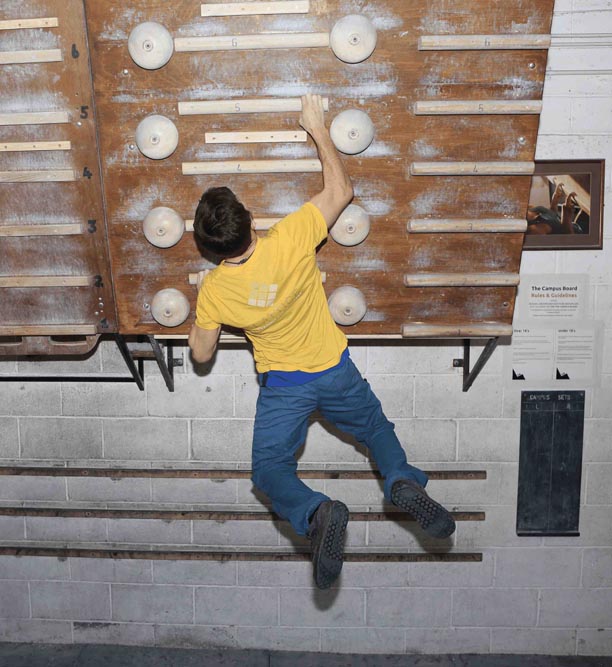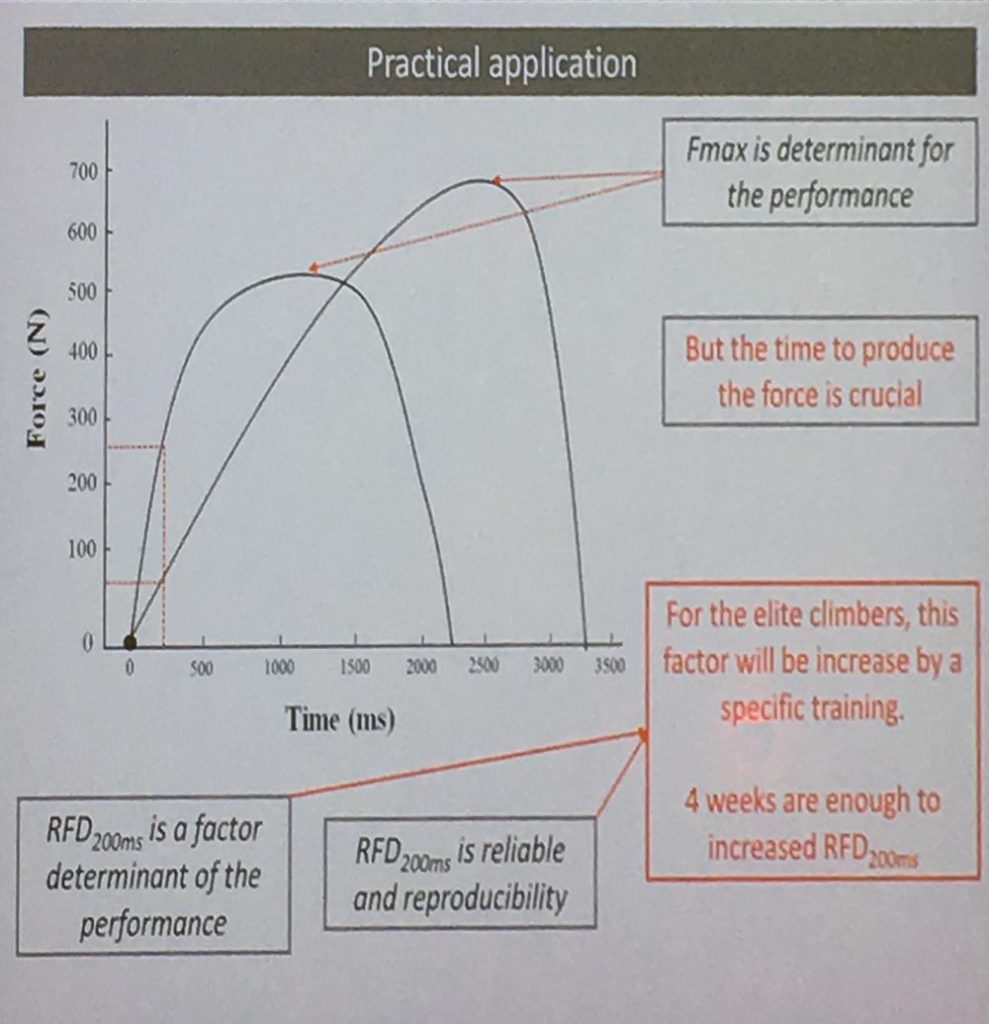Research and Training Collaboration: Beta Angel Project
Recently we’ve been in touch with Taylor at the Beta Angel Project about a cross-collaboration. We’d noticed that he’s equally as psyched about climbing research as we are!
To introduce you to his work we’re going to start on a very popular topic: the rate of force development in the fingers, or what is commonly thought of as contact strength.

While this is a relatively new measurement, compared to assessing finger strength, there is some existing work on the subject. Below is a short synopsis of the research. It’s a little over-simplified but hopefully communicates the information.
If you’re short for time then the key points are:
- Rate of Force Development (RFD) is a relevant indicator of climbing performance when it is measured later in the contraction phase.
- At least one protocol has been tested on elite-level Boulderers and was found to be effective.
- It may be a good measure of fatigue in Lead Climbers, as well as a discriminator of skill level in Boulderers.
If you love delving into the details then read on!
Researchers have measured the RFD at different points in the contact of the hold. Working with the French National Team they have designed a specific protocol and have found that the measure may have utility in measuring fatigue in the fingers. They have compared how this measure (and other more traditional measures) fare when correlated against climbing performance. They have also looked at how training RFD may transfer between grip types. A collection of the existing research on this subject is available on Beta Angel.

Two articles (Levernier & Laffaye, and Vereide et al.) presented at the 2018 International Rock Climbing Research Association conference in Chamonix, France are not in the inventory yet as they are not available to the public. Both papers looked at different ways of measuring RFD to find out which worked best, such as Average RFD, Relative Peak RFD, RFD at 95% of maximum finger force, and an interval of time blocks between 0-300 ms. They found that Average RFD associated well with performance and that the best associations with climbing performance happened later in the contraction. They concluded that lead climbing isn’t a particularly explosive sport when it comes to contraction, but that there are major distinctions between skill levels when it comes to bouldering (possibly more so than finger strength).
So what do you think of this research? Where can it go and how can we use it? A few questions Taylor thought we might be interested in: is it worth trying to improve the logistics of measuring RFD and incorporate it into Lattice’s suite of measures? Do you see relevance for it as a measure of fatigue in addition to its use as a measure related to finger strength? Given the relationship with the speed of contraction and other climbing-related injury research suggesting potential associations between shock-loading and injury, he is also curious how the training community perceives the risk (possibly at different skill levels).






Your write-up looks great, Tom. And I think that it’s great that you’re exploring this with your community. I’m happy to answer any questions (as I can) if anyone has any.
What would be some effective training to increase rfd?
Hi Ross. That’s a great question but the answer isn’t simple, unfortunately. The only protocol that’s been tested was done on a hangboard. However, it was done on an elite set of boulderers (the French National Team) using individualized holds between 25-6 mm in a 90 degree lock-off for 1-6 seconds with the following instructions: “hold the device as strongly as you can and as fast as possible”. I think it’s important to note that this was used on highly elite athletes with strong adaptations who can handle this type of protocol.
There’s been some discussion on the Facebook about whether to use campus boarding or limit bouldering. We basically talked about how the campus board may be a good tool but it has drawbacks, and that limit bouldering could be helpful if it’s designed with a system board that emphasizes the specific movement you need to increase contraction speed. That being said, both of these tools have immense injury potential and I don’t recommend either without speaking to a coach you know and trust. Injury research shows that a quick contraction (as what happens when your foot cuts) likely increases the potential for injury.
I guess you can see I’m caveating my response. But due to the newness of this research and the fact that it’s not perfect yet, Tom was interested in getting the community’s take on their interest and ideas. The Lattice community can provide insight into how — and whether — we (or Lattice and their community) should approach RFD either from the perspective of measurement or focused training and it can help them whether to devote more resources toward understanding it.
Taylor
Thanks for taking the time to answer Taylor, really appreciate your depth of knowledge on the subject!